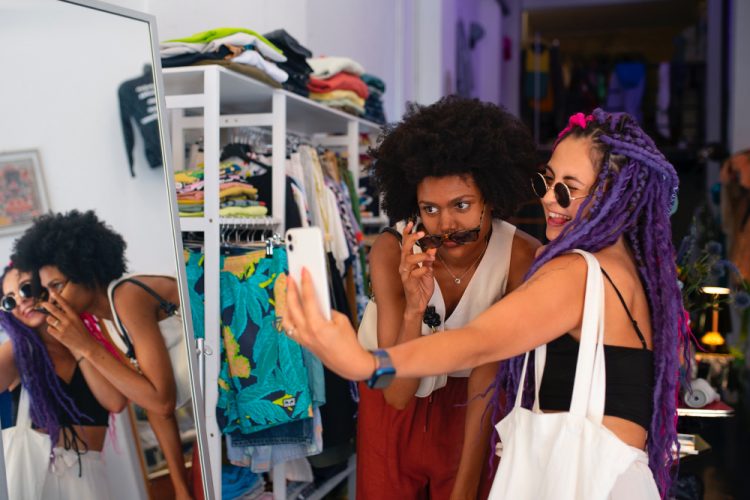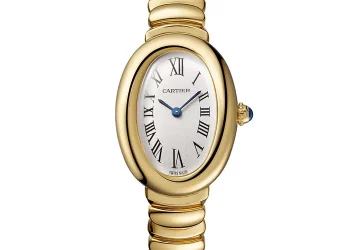Fashion has always been more than just the clothes we wear — it’s a language of self-expression, creativity, and cultural evolution. From ancient civilizations that used garments to symbolize status, to today’s global fashion industry driven by technology and sustainability, our clothing choices continue to tell the story of who we are.
In the 21st century, fashion has become faster, more diverse, and more accessible than ever before. The digital revolution has allowed designers, brands, and consumers to interact in ways that were unimaginable only a decade ago. Online platforms such as https://fyberia.com/ have made it easier for shoppers to explore new styles, compare prices, and find inspiration from global trends — all with a few clicks.
Fashion as a Form of Self-Expression
Clothing has the power to communicate our identity without saying a word. Whether it’s the color palette we choose, the textures we prefer, or the accessories we combine, every outfit tells a story. For some, fashion is a creative outlet; for others, it’s a way to belong, to rebel, or to make a statement.
In today’s world, individuality is celebrated more than ever. There is no single “right” way to dress — only your way. Streetwear, for example, emerged from urban culture and is now a global phenomenon. At the same time, minimalism and sustainable fashion are rising trends, emphasizing quality over quantity and a deeper respect for the environment.
The Rise of Sustainable and Ethical Fashion
The fashion industry, once notorious for its environmental footprint, is undergoing a major transformation. Consumers are becoming increasingly aware of how their purchases impact the planet. This shift has led to a surge in eco-friendly materials, ethical labor practices, and circular fashion initiatives.
Many modern brands now focus on producing clothing that is both stylish and sustainable. They use organic fabrics, recycle old materials, and design garments meant to last. The idea is to reduce waste and encourage mindful consumption — buying less, but better.
Technology also plays a crucial role in this change. From digital fashion shows to 3D design software and virtual fitting rooms, innovation is reshaping how we experience fashion. Online stores like https://fyberia.com/ allow customers to stay updated with the latest trends, discover new brands, and make informed purchasing decisions without compromising their values.
Global Influences and the Power of Social Media
Social media has revolutionized the way trends spread. Platforms like Instagram, TikTok, and Pinterest have turned everyday users into fashion influencers, inspiring millions with their unique styles. A single viral post can set off a new global trend within hours.
This democratization of fashion has blurred the lines between designer and consumer. Everyone now has the opportunity to shape trends, regardless of background or budget. Fashion weeks are still important, but online communities have become the real runways of modern style.
Looking Ahead: The Future of Fashion
As we move forward, fashion will continue to balance innovation with responsibility. The focus will likely remain on personalization, sustainability, and digital integration. Virtual reality and AI-driven styling tools are expected to make shopping even more immersive, while slow fashion movements will remind us to cherish craftsmanship and authenticity.
Ultimately, fashion reflects humanity — ever-changing, diverse, and deeply expressive. Whether you’re dressing for comfort, confidence, or creativity, your clothes are an extension of your story. The next time you explore a new collection or update your wardrobe, remember: you’re not just choosing fabrics and colors; you’re shaping a piece of cultural history.








